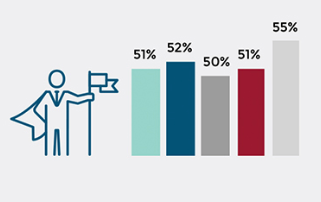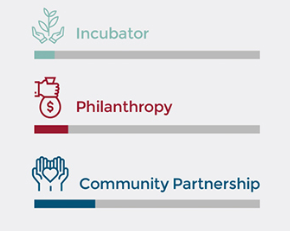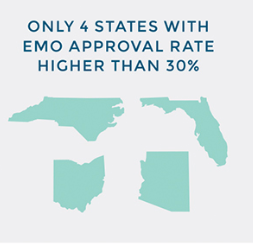Top Ten Insights into the National Charter School Authorizer Pipeline
Editor’s Note: This information was originally published here, by NACSA. For those interested in getting a charter school up-and-running, these charter school authorizer insights might just mean the difference in getting a charter approved … or not.
NACSA’s first-ever analysis of the national charter school pipeline reveals a sector with a tremendous variety of applicants and educational models—a more diverse sector than the common narrative would suggest. It also reveals the significant impact authorizers have in shaping the public education landscape across the country. Ultimately, communities get the schools that authorizers approve.
Top 10 Charter School Authorizer Insights
School Models
1. A wide variety of educational models are being proposed and approved.
2. Authorizers are more likely to approve some types of educational models than others:

3. The “No Excuses” model is becoming much less prevalent, with the approval rate of 40% in the last five years.

Operator Types
4. The proportion of proposals from freestanding operators is at a five-year high.

5. Historically, authorizers are much more likely to approve schools affiliated with CMO or EMO networks.

6. Proposals from for-profit operators have declined sharply, dropping 50% since 2013.

7. Operator types vary between states, with EMO-affiliated schools representing a significant number of approved schools in only four of the states studied. Only 4 states with EMO approval rate higher than 30%.
External Support
8. The vast majority of proposals did not identify support from an incubator, philanthropy or community partnership.

9. Applicants with more than one form of external support are much more likely to be approved.

Local Context Matters
10. Widespread variation exists from state to state, and as a result, there is not a “typical” charter school proposal or state.

For the full infographic, click here.
 Since the company’s inception in 2007, Charter School Capital has been committed to the success of charter schools. We provide growth capital and facilities financing to charter schools nationwide. Our depth of experience working with charter school leaders and our knowledge of how to address charter school financial and operational needs have allowed us to provide over $1.8 billion in support of 600 charter schools that have educated over 1,027,000 students across the country. For more information on how we can support your charter school, contact us. We’d love to work with you!
Since the company’s inception in 2007, Charter School Capital has been committed to the success of charter schools. We provide growth capital and facilities financing to charter schools nationwide. Our depth of experience working with charter school leaders and our knowledge of how to address charter school financial and operational needs have allowed us to provide over $1.8 billion in support of 600 charter schools that have educated over 1,027,000 students across the country. For more information on how we can support your charter school, contact us. We’d love to work with you!

